There can be your advertisement
300x150
Greenhouse: Designing the Optimal Environment for Growing
Greenhouses are invaluable tools for both amateur gardeners and commercial growers. They provide a controlled environment where plants can thrive. By integrating well-thought-out design elements, you can maximize the potential of your greenhouse.
In this article, we will explore various aspects of greenhouse design and offer useful ideas to help you create an effective, beautiful, and sustainable growing space.
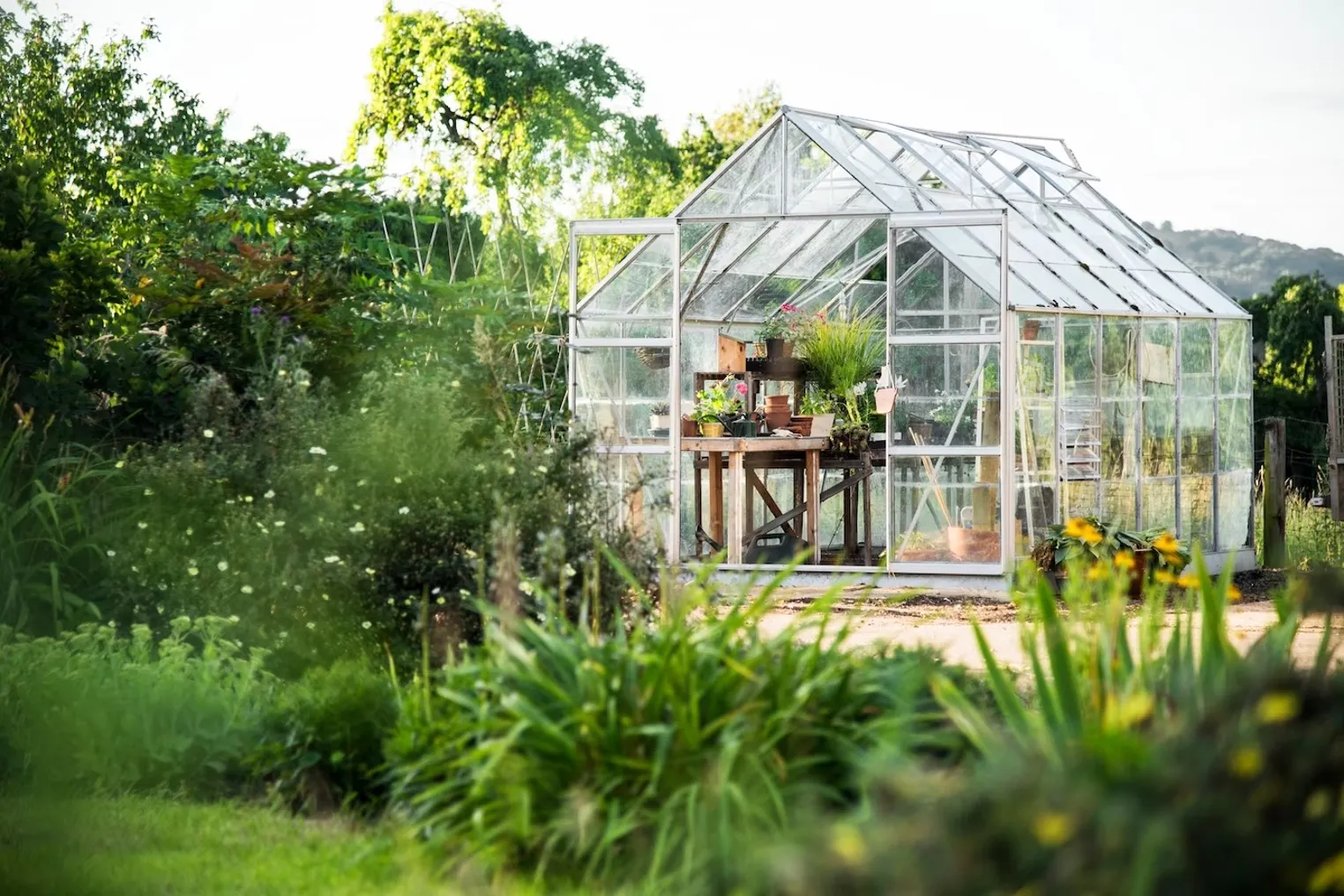
Choosing the Perfect Greenhouse Design
Greenhouses come in various shapes, sizes, and materials. Selecting the right structure is crucial for effective temperature control, durability, and functionality. Consider the following options:
- Janssens greenhouses are known for their high-quality construction and longevity.
- Choose a Janssens model that suits your needs, such as the spacious Janssens Royal Victorian.
- Opt for Janssens greenhouses with polycarbonate panels that offer excellent insulation and light diffusion.
- With sturdy frames and glass or polycarbonate panels, traditional greenhouses provide excellent insulation and strength.
- Ideal for long-term gardening and large plant collections.
- Arc-style greenhouses are economical and easy to assemble.
- Constructed from bent metal or PVC pipes covered with film, they offer sufficient growing space and are suitable for seasonal cultivation.
- Lean-to greenhouses are attached to an existing building, using one wall for support.
- This is a cost-effective solution for small plots or spaces with limited room.
Maximizing Natural Light with Polycarbonate for Greenhouses
One of the key advantages of a greenhouse, especially with polycarbonate for greenhouses, is the ability to use natural light for plant growth. Consider these design ideas for optimal solar exposure:
- Position your Janssens greenhouse on the south or southwest side to receive maximum sunlight throughout the day.
- The roof angle of your Janssens greenhouse should be optimized for better light penetration.
- Choose greenhouses with polycarbonate panels that offer excellent light transmission.
- Polycarbonate panels provide diffused light, reducing the need for shading and ensuring even illumination.
- Install reflective surfaces such as white or metal panels inside your Janssens greenhouse to improve light distribution.
Efficient Space Utilization in Large Greenhouses
To make the most of your large greenhouse, carefully plan its layout and utilize vertical space. Consider these ideas:
- Place plants in your Janssens greenhouse according to their growth characteristics and light requirements.
- Ensure easy access to all areas for care and harvesting.
- Install shelves, racks, or hanging systems in your Janssens greenhouse to optimize vertical space.
- Train vining plants on trellises or wires to efficiently use wall surfaces.
- Use mobile tables or modular containers in large greenhouses to easily change layouts as needed.
- This provides flexibility when placing plants of varying sizes and arrangements.
Climate Control and Ventilation
Maintaining proper temperature levels and ventilation is critical for plant health and productivity. Integrate the following design elements for optimal climate control:
- Install ventilation openings, louvers, or windows to ensure air circulation and prevent overheating.
- Consider automatic systems that open and close based on temperature or humidity levels.
- Position fans strategically to ensure even airflow throughout the greenhouse.
- This helps prevent stagnant air and reduces the risk of fungal diseases.
- Integrate roll-up shade cloth or louvers to regulate light and temperature during hot summer months.
Irrigation Systems
Proper watering and irrigation systems are essential for healthy plant growth. Implement efficient systems that save water and provide even moisture distribution:
- Use drip irrigation systems to direct water directly to plant root zones.
- This minimizes water loss and reduces the risk of fungal diseases.
- Install sprinklers for plants that require high air humidity or sustained moisture levels.
- Ideal for tropical or delicate species.
- Set up rainwater collection systems for storage and use in irrigation.
- Implement water reuse systems from sinks or dehumidifiers.
Creating the Right Microclimate
Different plants have varying requirements for temperature, humidity, and light. Create microclimate zones within your greenhouse to meet these specific needs:
- Install shade cloth or roll-up louvers to provide partial shading for light-sensitive plants.
- This allows you to regulate light intensity in different areas.
- Install misting systems or humidifiers to create localized high humidity for plants that require it.
- This is particularly useful for orchids or ferns.
- Use portable heaters, fans, or thermostats to maintain different temperature zones.
- This is convenient for plants with varying temperature preferences.
Conclusion
Designing a greenhouse that meets your plants' needs is an engaging endeavor. Considering factors such as placement, structure, lighting, space utilization, and climate control, you can create an optimal growing environment. Implementing sustainable practices and accessories further enhances the functionality and eco-friendliness of your greenhouse. We hope this guide inspires you to build a beautiful, productive, and environmentally friendly greenhouse. Happy gardening!
More articles:
 Gairola House by Anagram Architects in Gurgaon, India
Gairola House by Anagram Architects in Gurgaon, India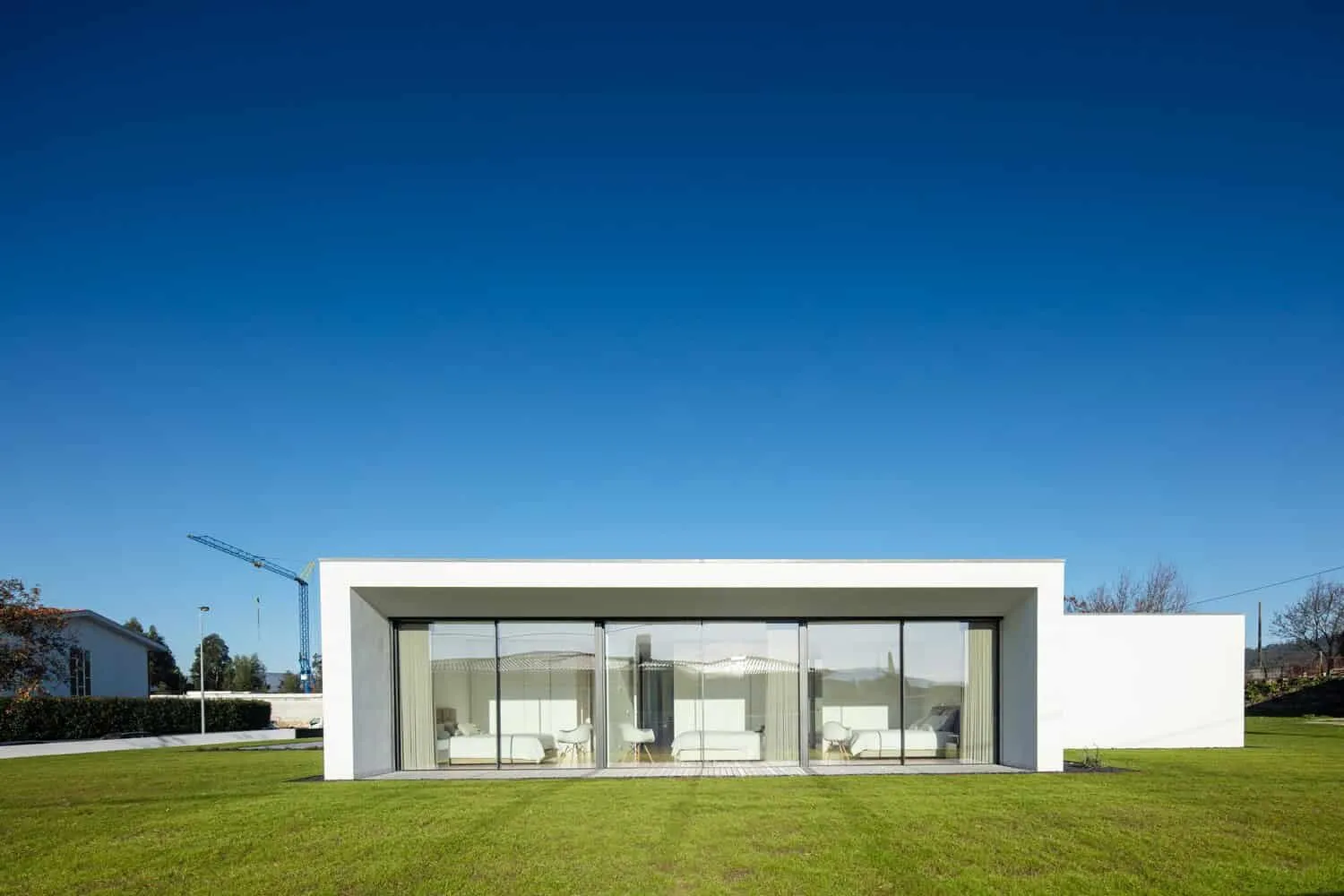 House Galgos by Raullino Silva in Portugal
House Galgos by Raullino Silva in Portugal Gallery House by Giovanni Moreno Arquitectos in Pereira, Colombia
Gallery House by Giovanni Moreno Arquitectos in Pereira, Colombia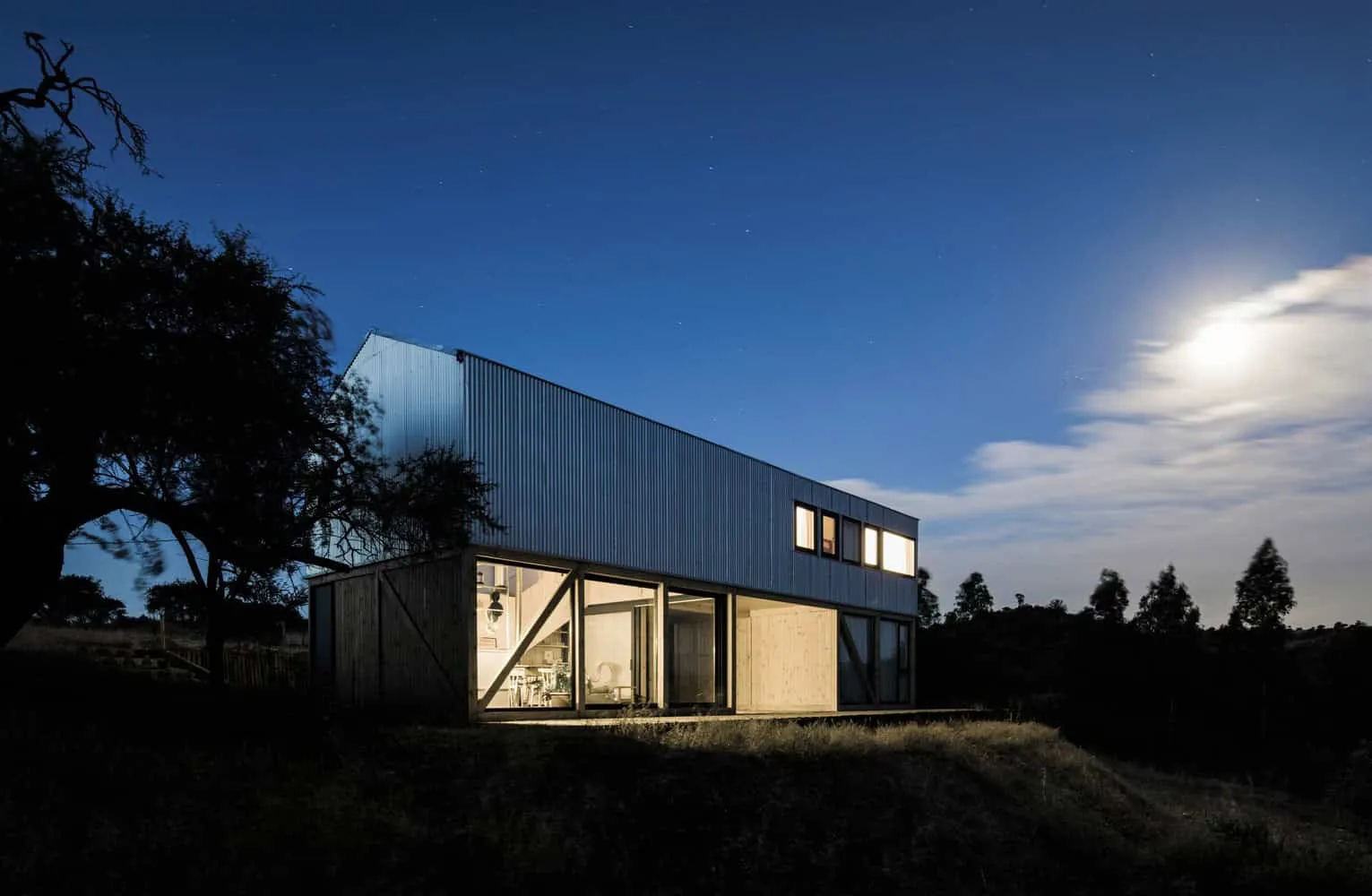 Galpon-House by 2172 / asociados in Chile
Galpon-House by 2172 / asociados in Chile Garage Canopy: Tips and Project Ideas
Garage Canopy: Tips and Project Ideas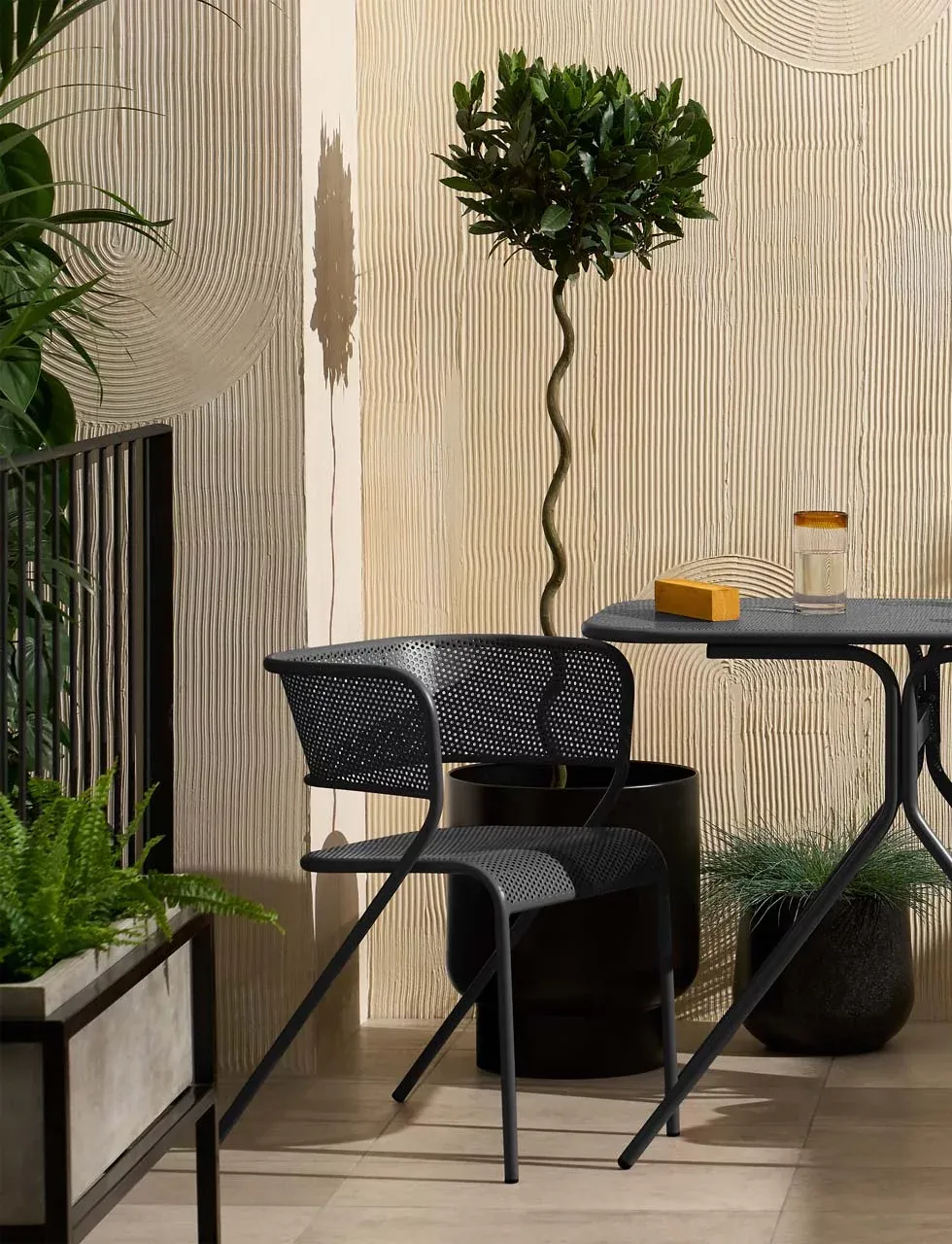 Garden Furniture for Small Cozy Spaces
Garden Furniture for Small Cozy Spaces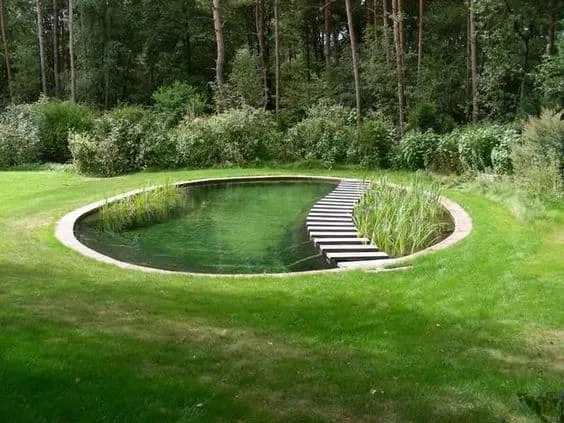 Garden Pond: Everything You Need to Know
Garden Pond: Everything You Need to Know Gardens and Real Estate Value
Gardens and Real Estate Value